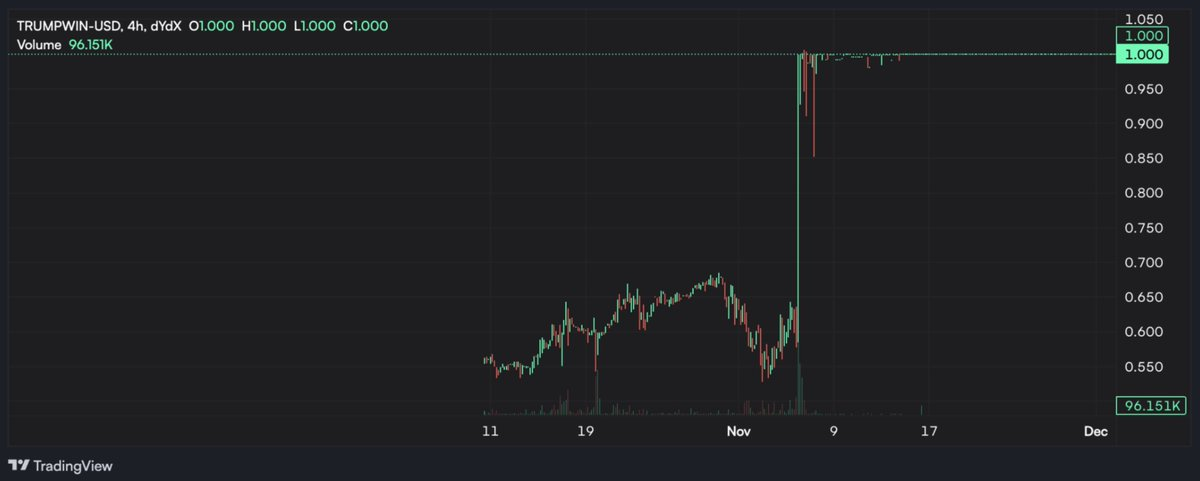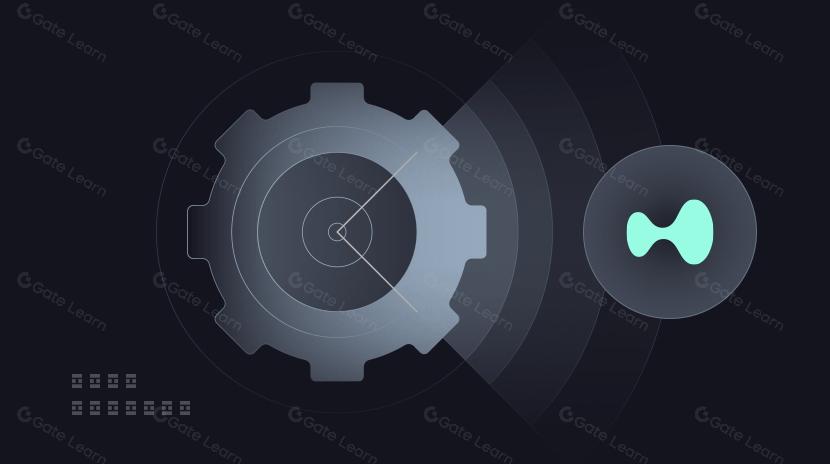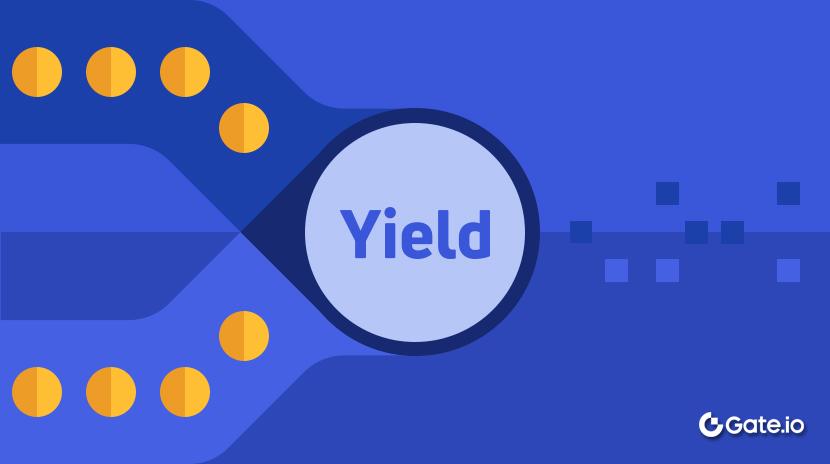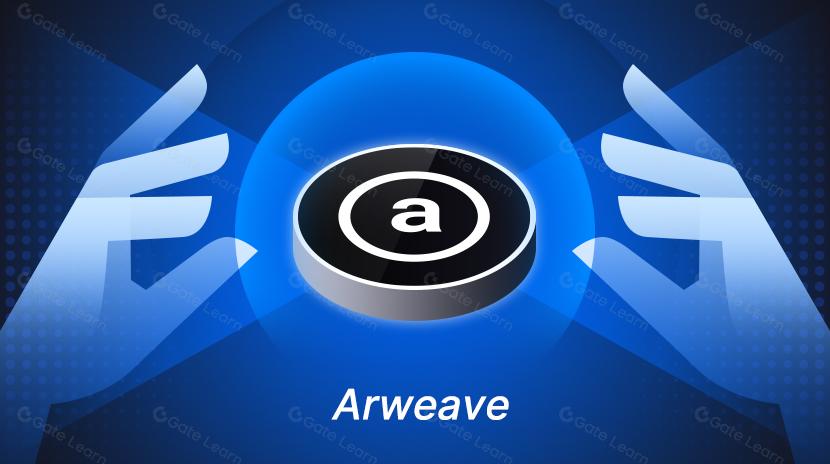Prediction Market Perps on Hyperliquid
TLDR;
- HIP-3 can turn prediction markets from static bets into high leverage continuous perps, enabling permissionless trading on events like elections and macroeconomic data
- Binary markets have extreme jump risk at expiry, making structural safeguards essential. Examples include liquidation bands, OI-based margin scaling, and leverage decay.
- Scalar markets, which settle to a range, are safer near term targets because they have smoother price paths, proportional losses, and less synchronized liquidations, which supports higher leverage.
- With the right design, HIP-3 can both complement and be an alternative to Kalshi and Polymarket by combining leverage, shared liquidity, permissionless market creation, and potential on venue hedging into the fastest and most flexible outcome trading venue.
Introduction and Opportunity
Prediction markets have long been slow, fixed payout venues with no leverage. HIP-3 changes that by running them on Hyperliquid’s perpetual futures rails with permissionless deployment, shared liquidity, and custom parameters. This allows binary or continuous outcomes on elections, macro data, sports, and more, traded with the same speed and capital efficiency as crypto perps.
The upside is clear. Combining the global liquidity of perps with the informational richness of prediction markets opens a new high frequency, multi event trading class. However, leverage on event markets is dangerous without structural safeguards, especially for binary outcomes.
Why Binary Leverage is Hard
Binary markets can jump from 0 to 100 at expiry, instantly wiping one side and forcing liquidations across the book. Without a natural hedge, market makers take direct event risk, and liquidations cannot be staged. Safe leverage without protections hovers near 1-1.5x.
Example: dYdX’s TRUMPWIN
In 2024 near the U.S. election, dYdX offered 20x leverage on a Trump win market by letting makers hedge in Polymarket’s liquid YES/NO contracts, backed by mature liquidations, a large insurance fund, and socialized losses. Even so, on election night the market spiked from about $0.60 to $1, draining liquidity mid liquidation and triggering random deleveraging into thin books. Hedging latency, sharp jumps, and vanishing depth resulted in losses for solvent traders.
HIP-3 currently lacks on venue hedgeable spot and these jump risk controls by default, so similar cascades are possible without built in protections.

Building with External Oracles
A binary prediction perp on HIP-3 would use a BinaryHyperp contract with a 0 to 100 probability oracle. A tight clamp could ensure trading only occurring within the market’s bounds. If the oracle references Kalshi or Polymarket, LPs can hedge in those spot markets, reducing event risk and allowing more leverage. Risks remain including hedging delays, liquidity gaps, and funding basis divergence.
Making Leverage Safe
To scale beyond 1x for binary markets, structural controls are essential:
- Liquidation Bands: Split positions into price bands. Lower bands liquidate first to contain losses.
- OI Based Margin Factor: Increase margin requirements linearly with open notional:
open_notional = OI × oracle_price
scaling_factor = (open_notional – lower_cap) / (upper_cap – lower_cap)
effective_margin = min(base_margin + max(scaling_factor × (1 – base_margin), 0), 1.0)
- Leverage Decay: Gradually compress max leverage as expiry approaches and the market becomes more volatile (for example, 5x at 30 days becomes 1x in the final day).
- Pre Settlement Auctions: Batch match positions before resolution to avoid last second chaos.
- Price and Oracle Caps: Limit single tick moves and rate limit oracle updates to slow cascades
Together, OI based margin caps systemic exposure, bands stagger liquidations, and leverage decay reduces expiry tail risk.
Beyond Binary: The Scalar Wedge
Scalar markets settle to a range, such as CPI percent or BTC dominance, instead of 0 or 100. This materially reduces jump risk and supports higher leverage. Key advantages:
- Smoother Price Paths: Most resolve from inputs that change gradually, such as temperature, vote share, or asset dominance.
- Proportional Losses: Even gaps only cost the deviation, not the full notional.
- Predictable Funding and Liquidations: Continuous pricing spreads liquidation thresholds across the curve, reducing synchronized cascades
Incremental pricing also aligns naturally with HIP-3’s funding and margin logic, making scalar markets the safer near term wedge for adoption.
UX for Prediction Perps
Keep core perp elements such as order book, depth chart, and leverage slider but add prediction-market-native components to the UI:
- Clear question headers
- Yes/No chips or scalar sliders
- Payout visualizer
- Expiry countdown
- Mark and oracle probability display
If markets hedge via external venues like Kalshi or Polymarket, flag this prominently.
Positioning vs Kalshi and Polymarket
Kalshi and Polymarket are curated, fixed payout, and unleveraged. HIP-3 can differentiate on:
- Leverage: Safer in scalars and engineered for binaries
- Permissionless Market Creation: Anyone can list new outcomes
- Shared Liquidity: Access to HL’s perp liquidity pool
- On Venue Hedging Potential: Reduce event risk without leaving Hyperliquid
This mix can attract professional LPs and active traders, allowing HIP-3 to serve both niche event markets and high volume global outcomes.
Conclusion
Currently, there are no major teams publicly working on HIP-3 prediction perps. This will soon change. With the right combination of design, liquidity, and permissionless market creation, HIP-3 can both complement and be an alternative to Kalshi and Polymarket.
Prediction markets are going to take the world by storm. The blockchain to house all of finance, is not going to miss out.
Hyperliquid.
Disclaimer:
- This article is reprinted from [j0hnwang]. All copyrights belong to the original author [j0hnwang]. If there are objections to this reprint, please contact the Gate Learn team, and they will handle it promptly.
- Liability Disclaimer: The views and opinions expressed in this article are solely those of the author and do not constitute any investment advice.
- Translations of the article into other languages are done by the Gate Learn team. Unless mentioned, copying, distributing, or plagiarizing the translated articles is prohibited.
Related Articles

In-depth Explanation of Yala: Building a Modular DeFi Yield Aggregator with $YU Stablecoin as a Medium

Sui: How are users leveraging its speed, security, & scalability?

Dive into Hyperliquid

What is Stablecoin?

What Is a Yield Aggregator?
